
My Opinion | 133446 Views | Aug 14,2021
Feb 16 , 2025
By Ledet Muleta
Addis Abeba has long been a city defined by resilience. It greets the day with a subtle haze and moves to the beat of its residents' ambitions. Its second-phase corridor development project speaks volumes to this spirit, connecting communities through new roads, cycling lanes, and walkways that draw together the city’s past, present, and future. These corridors are more than a collection of roads and bike paths. They serve as pathways for opportunity, economic growth, and sustainable progress.
The numbers behind this initiative say a lot about its ambition.
Plans call for 134.4Km of asphalt paving to open up key routes, along with 140.7Km dedicated to cycling lanes. More than 246 km of walkways are also intended to invite pedestrians to explore the city on foot. Officials overseeing the project emphasise that this network will allow Addis Ababa to evolve holistically, ensuring that motorists, cyclists, and pedestrians all share in the benefits of improved connectivity. The hope is that these corridors will breathe new life into every neighbourhood they touch.
One of the core goals of the second-phase development is addressing the city’s housing needs. In the Cazanchis area alone, more than 15,000 homes are planned through public-private partnerships designed to reduce the city's housing shortage and improve living conditions. Many of these new residences will be built for lower-income families who have struggled to find adequate shelter in the past. They will replace leaky roofs and cramped rooms with modern amenities in neighbourhoods that offer a sense of belonging.
The project aspires to create places where people do not simply live, but thrive.
Beyond roads and residences, local authorities focus on the amenities that make city life dignified and comfortable. Modern public restrooms, green spaces, playgrounds, and recreational centres are part of the blueprint. For too long, Addis Abeba’s rivers and waterways had become repositories for waste, neglected by development plans. The corridor project has targeted these rivers for revitalisation, turning them into sources of pride rather than places of disregard. In doing so, the city administration hopes to correct past oversights and show how sustainable design can make Addis Abeba more welcoming for residents and visitors.
Much of the city’s growth has historically been centred in neighbourhoods like Bole, known for its bustling thoroughfares, and Sarbet, home to escarpments that are being converted into new cycling paths. The second-phase development goes further, with plans to extend to eight corridors across Addis Abeba, making it more ambitious than the first phase, which covered five vital areas. The vision is broad. Arat Kilo and Meskel Square will see upgrades that preserve their historic significance, while Entoto, a site revered for its cultural heritage, is receiving careful rehabilitation.
Bold modern developments, such as the Addis-Africa International Convention Centre, are also being completed, signalling a willingness to embrace global influences alongside Ethiopia’s longstanding traditions.
City officials say this blend of old and new is essential to keeping Addis Abeba’s identity intact. They view corridor development as a statement about urban growth that respects cultural roots. Working with private investors and development partners, they want to ensure that Addis Abeba’s transformation is guided by inclusivity rather than exclusivity. The project’s advocates argue that every resident, from the most successful businessperson to the humblest street vendor, should have access to clean public spaces, reliable infrastructure, and safe housing.
The Cazanchis story illustrates how displacement can be turned into an opportunity.
Families who once lived in precarious housing conditions are now moving to neighbourhoods like Gelan Gura and Qaliti. These new communities, built with decent roads, schools, and access to utilities, represent a fresh start for many. Instead of feeling uprooted, some displaced residents say they have discovered healthier, more stable environments to raise their children. Playgrounds echo with laughter, sports facilities channel youthful energy, and modern services encourage healthy living.
In several interviews, local officials have stated that the key to success lies in providing a support system beyond housing, including skills-building programs and employment assistance.
These corridor improvements also reflect a wider belief that city planning should not exist without citizen engagement. According to municipal leaders, the transformation already shows signs of renewed civic pride. Residents have been responsible for the upkeep of common areas, organising neighbourhood cleanups, and cooperating with local authorities on everything from walkway maintenance to tree planting. There is a sense that public spaces belong to everyone, cultivating a level of participation that has been lacking for many years.
Addis Abeba's leadership sees green initiatives and data-driven urban planning as the hallmark of a city on the brink of a major renaissance. They speak of wanting to become “Africa’s smartest city,” applying technology to solve urban issues and involving the public in decision-making. Some local officials say technology can provide real-time data on traffic flow, environmental conditions, and population density, offering insights that lead to more informed policies.
For the city’s residents, the new corridors are a real sign of progress and a symbol of a promising future. Some may worry about the costs and pace of development, wondering whether rising property prices or disruptive construction might leave certain communities behind. Yet, project organisers insist these changes are essential for a growing metropolis. They hope the lessons learned from the first phase of development will help streamline the second, prioritising greater efficiency while ensuring the needs of citizens and environmental considerations are factored into every stage of the process.
Addis Abeba is at a crossroads as construction equipment hums through the streets. In the past it hosted emperors, served as a backdrop to revolution, and now stands poised to become a modern African capital that still honours its past. The grand designs for corridors lined with bike lanes, walkways, and gathering spots mirror a belief in the potential of cities to evolve without sacrificing their soul.
It is a challenging road. Critics argue that even with new houses and cleaner rivers, the real work lies in ensuring economic opportunities reach every corner of the city. Advocates respond that these corridors serve precisely that purpose, linking once-isolated neighbourhoods to central commercial districts and encouraging investment. They say growth can bring beauty and possibility, provided it is handled responsibly and includes those who most need it.
Oh, Addis, how long have we waited for your transformation from the unreliable public utilities and congested roads that once shaped daily life?
While progress does not happen overnight, the momentum is clear. Addis Abeba is building a city that aspires to be as inclusive as it is dynamic in each freshly laid stretch of road and every new housing block. With the second-phase corridor development, the hope is that this capital will keep growing and embracing the future, one kilometre of pavement at a time.
Ledet Muleta (ledetized@gmail.com) is an advisor for Strategic Programs Managements Office in the Mayor's Office of the Addis Abeba City Administration.
PUBLISHED ON
Feb 16, 2025 [ VOL
25 , NO
1294]


My Opinion | 133446 Views | Aug 14,2021

My Opinion | 129962 Views | Aug 21,2021

My Opinion | 127766 Views | Sep 10,2021

Photo Gallery | 125432 Views | May 06,2019

Dec 22 , 2024 . By TIZITA SHEWAFERAW
Charged with transforming colossal state-owned enterprises into modern and competitiv...

Aug 18 , 2024 . By AKSAH ITALO
Although predictable Yonas Zerihun's job in the ride-hailing service is not immune to...

Jul 28 , 2024 . By TIZITA SHEWAFERAW
Unhabitual, perhaps too many, Samuel Gebreyohannes, 38, used to occasionally enjoy a couple of beers at breakfast. However, he recently swit...

Jul 13 , 2024 . By AKSAH ITALO
Investors who rely on tractors, trucks, and field vehicles for commuting, transporting commodities, and f...
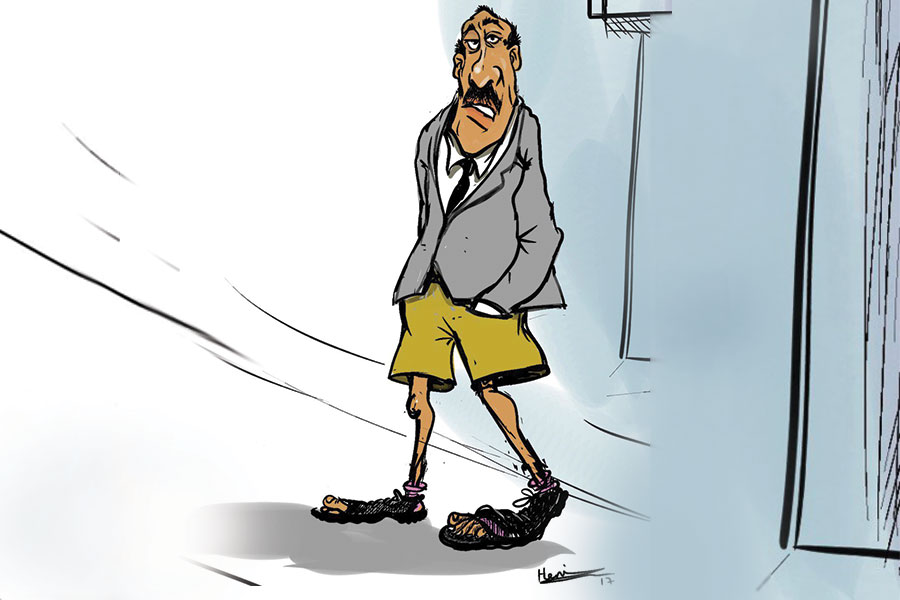
Aug 9 , 2025
In the 14th Century, the Egyptian scholar Ibn Khaldun drew a neat curve in the sand....
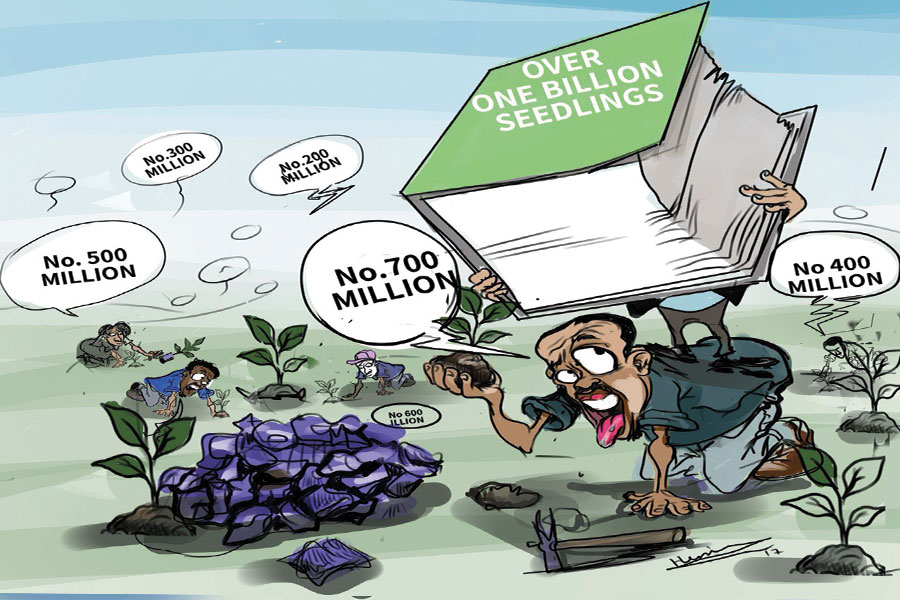
Aug 2 , 2025
At daybreak on Thursday last week, July 31, 2025, hundreds of thousands of Ethiop...

Jul 26 , 2025
Teaching hospitals everywhere juggle three jobs at once: teaching, curing, and discov...
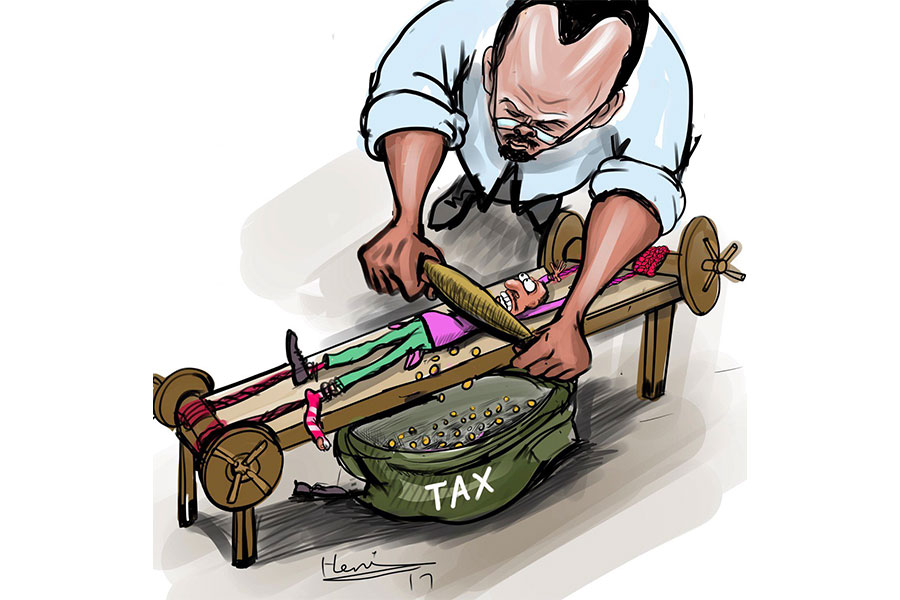
Jul 19 , 2025
Parliament is no stranger to frantic bursts of productivity. Even so, the vote last w...

Aug 10 , 2025 . By BEZAWIT HULUAGER
After four years of legislative gestation and eight months of bureaucratic buildup, t...

Aug 9 , 2025 . By YITBAREK GETACHEW
All diesel and gasoline vehicles will be barred from operating without an official em...
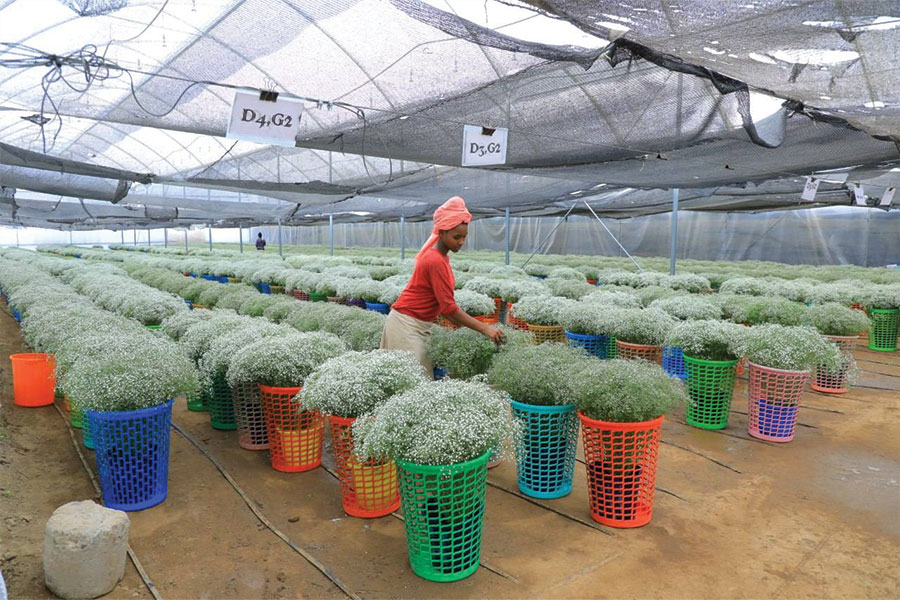
Aug 9 , 2025 . By YITBAREK GETACHEW
Federal agriculture authorities have unveiled their most ambitious horticulture drive...
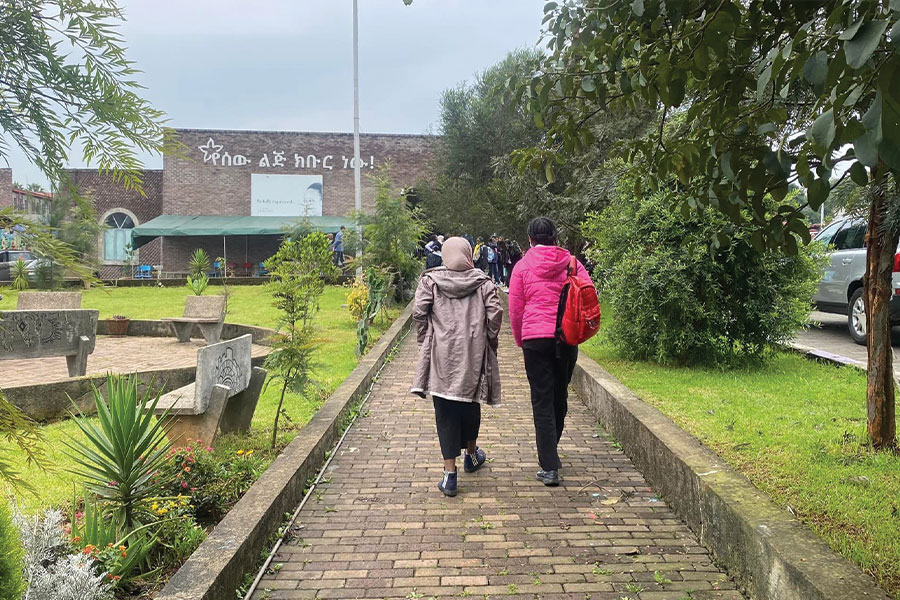
Aug 9 , 2025 . By RUTH BERHANU
An elite private school has sparked controversy over fees after its Administration mo...